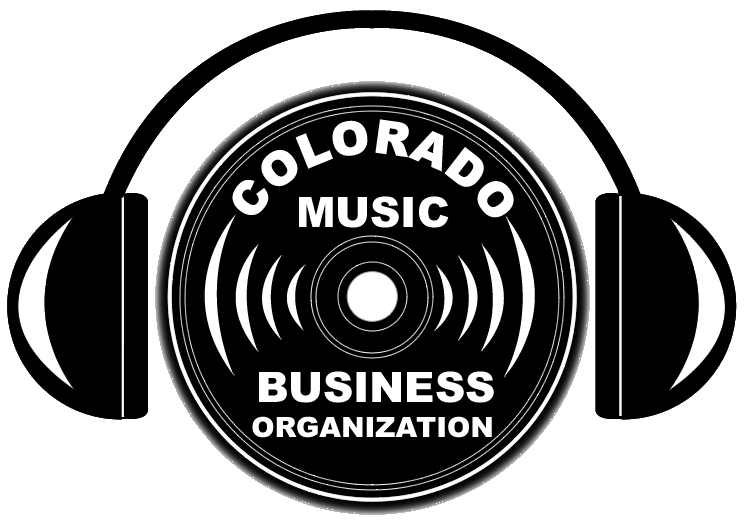Flying with your instrument? Preparing for air travel with instruments is risky, delicate, and often frustrating.
As you prepare to travel, decisions you make along the way will lead you to a solution that’s right for your needs and resources. Airplane cargo holds are notoriously dangerous places for instruments, but overhead storage bins cannot always be guaranteed to be large enough or empty enough to accommodate your instrument.
Overheads are easier to secure with soft cases and gig bags, but those cases offer no protection in cargo holds.
However, carrying your instrument onboard allows you greater control over access to and care of the instrument.
If you are unsure of whether to check or carry, FIRST check on the overhead dimensions of your
particular airline and airplane. On a regional jet, short hopper, puddle jumper, etc. (Canadair, Embraer) you will likely not be able to fit an instrument larger than a violin or mandolin, unless it is flat like an electric guitar case. Acoustic guitars and accordions would not fit in those overheads.
If you are traveling on one of those planes, you will probably not be carrying-on.
If you are on a Boeing, Douglas, Airbus or other large carrier on major routes, you “should” be fine.
If you are unsure, or concerned, scour the internet for details on your particular aircraft.
Websites like seatguru.com and tripadvisor.com can be useful resources in deciding the best course of action for you.
Once you have determined your latitude, it’s time to consider the options, between checking or carrying-on (or both, if you have many instruments).
This file provides tips for travel, and an overview of various travel case options and recommendations: http://www.folkalliance.org/sites/289/uploaded/files/Packing_for_the_road.pdf
A condensed 2 pg. version is available here:
http://www.folkalliance.org/sites/289/uploaded/files/FAI_doubleSided_TravelOneSheet.pdf
And this is the flashy tri-fold version to print and have handy in your instrument case:
http://www.folkalliance.org/sites/289/uploaded/files/TravelGuide3.pdf
PROS AND CONS
CHECK
Pros
Relieves burden of carrying through airports
Protects your instrument in hard case your entire outing.
Probably necessary if you carry multiple instruments
Cons
Costs $25 – $35 per bag, or more (except on Southwest or in First Class)
Removes the instrument from your possession and oversight
Opens you to lost or delayed luggage issues
Instrument can be damaged in the cargo hold by shifting cargo
Instrument can be damaged by ground personnel and conveyor belts
CARRY
Pros
Instrument in your constant possession and over sight
Opens up checked bag space/budget for clothing and other gear, or no additional bag.
Cons
Instrument vulnerable if not allowed on plane
Can be bulky
HYBRID
Carry hard case to plane, if not allowed, gate check it.
Pros – flexibility and protection, possible money savings, avoids conveyor belts/baggage handlers.
Cons – Significant, if you want a lighter case.
Little to none, if you have decided to check a case anyway, or are checking multiple cases.
If you check, you need a case that affords suitable protection and is light enough to be practical.
This means, for instance, if you have a crew and gear truck, you can afford to go big and bulky. Not so good if you tour alone. These are the factors that go into your decision. Bulk, protection,
convenience, time, space, money.
If you have chosen to use a hard case, but still carry your instrument on, you can try to bring a hard case on board. “Normal” ones, like OEM cases, will fit nicely in most overheads. But they are larger, bulkier, heavier than gig bags, and can draw attention to themselves by their size. You could be “asked” to gate check the instrument.
Gate checking means the instrument is hand placed in the cargo hold, as opposed to suffering conveyor belts and baggage tractors. At the destination it is returned to the gate for retrieval, not sent to the carousels (via more belts and transfers).
Some airlines even have special carts in the hold for gate-checked luggage, so those items can’t crash into other cargo. Gate checking makes that special rack available to you. So gate checking is a viable option to gig-bagging your carry-on. But you won’t have a lighter gig bag for the tour.
An interesting twist…usually, when you are asked to gate-check an instrument you have tried to carry-on, you will not be charged a checked bag charge at the gate. So you could actually save money on a checked bag.
http://www.folkalliance.org/enjoy-folk/travel-tips/
Folk Alliance International ~ a 501(c)3 registered charity
509 Delaware St. #101, Kansas City, MO 64105
816-221-3655 / http://www.folk.org
[Editor’s Note: Looking out the window of my airplane while flying to the Durango Songwriters Expo recently brought this horrifying scene: The baggage handler literally throwing the bags onto the cart for transportation to the terminal. To add to the horror, he pulled off several ski bags and threw them on the ground in order to re-pack the cart. He also threw several large suitcases ON TOP OF THE SKIS! (I wonder if the ski owners found their skis to be cracked or broken). After witnessing that, I would say to NEVER CHECK your instruments!]
If you need a really sturdy travel case, please check out COMBO’s sponsor A.S. Case Company: http://www.ascase.com | A & S Case Company. 5260 Vineland Avenue, North Hollywood, CA 91601 | 818-509-5920. Their cases are better than Anvil and other competing companies and at a much better price!]

